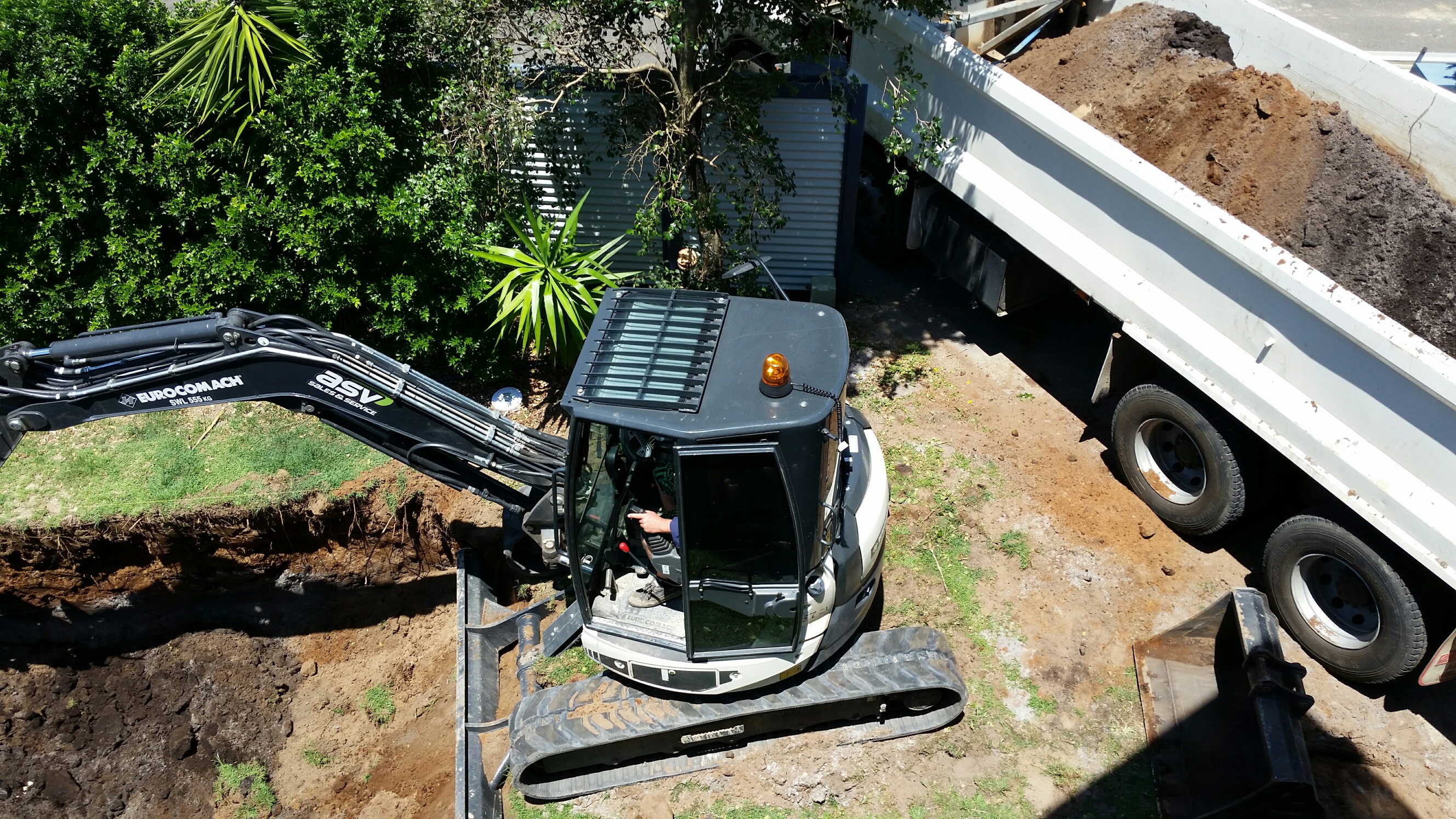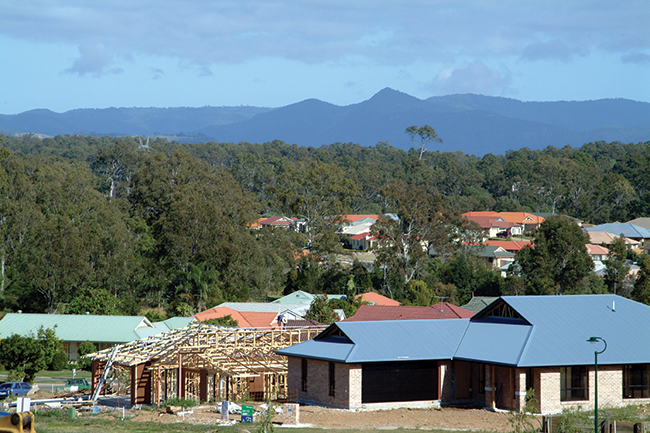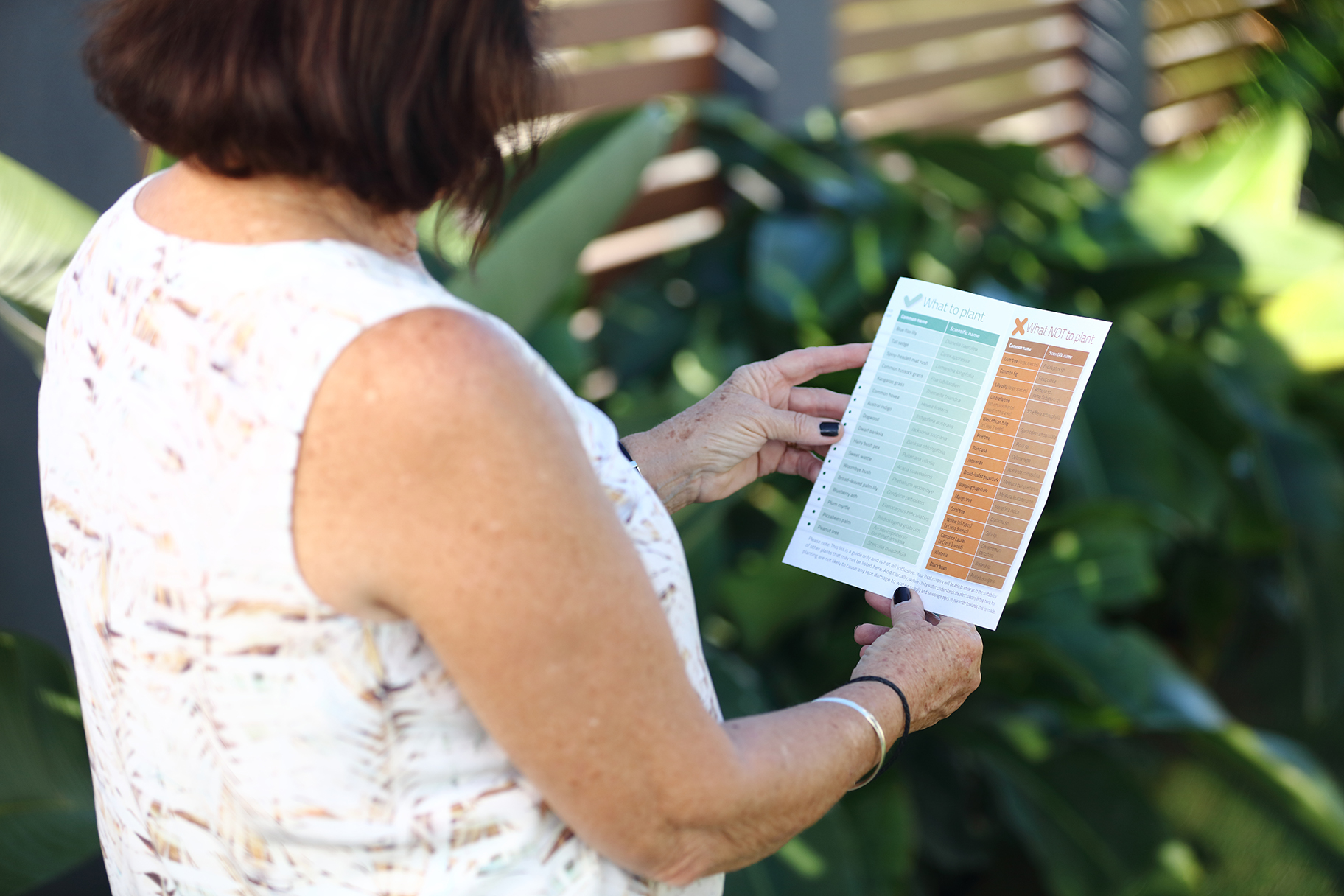If you’re planning to build over or near water or sewerage infrastructure or easements, you need to apply for approval before construction starts.
Any work around Unitywater pipes or easements should be done with caution. Remember, you are liable for the cost of repairing any damage to water or sewer pipes.
Please note: Before you start the Build Over or Near Application process please use our free online mapping tool to locate our underground water and sewerage pipes.
More information
The approval process and how to apply
You will need to have a Building Certifier assess your proposed building work against the Queensland Development Code MP 1.4 – Building over or near relevant infrastructure. Where these conditions cannot be met, you’ll need to apply to Unitywater to allow us to assess the proposed work.
Examples where you will need to seek approval:
- where the clearance from Unitywater infrastructure to a fence, building or other structure will be reduced to less than 1.2 metres
- where driven piles or piers are located within 5 metres of Unitywater infrastructure
- where any building, structure or bored excavations for piers or footings are within the zone of influence1 of Unitywater infrastructure
- where earthworks are directly over or will affect the structural integrity of Unitywater infrastructure
- where the vertical height to the finished surface over Unitywater infrastructure will be reduced to less than 2.4 metres.
1: DEFINITION of zone of influence: a line projected at a 45-degree angle from the invert of the sewer to the natural surface. This may be affected by factors including groundwater and soil type and must be determined by a Registered Professional Engineer of Queensland.
Good tip:
If you're planning to put in a standard driveway over or near water or sewerage infrastructure, you do not need to apply for approval from Unitywater. (Non-standard driveways may require our approval.) However you may need approval from your local council. Search your council's website for "driveway" or "vehicle crossover" for more information.
To apply, you’ll need the following:
- site plan showing all existing and proposed buildings/structures, water and sewerage infrastructure and the property connections to that infrastructure
- statement of reasons showing which of the acceptable solution(s) from the Queensland Development Code 1.4 can’t be met and a statement of how the related performance requirement(s) within the code are achieved
- elevation views of the proposed building work showing water and sewerage infrastructure
- structural engineering design drawings of the footings/foundations for the proposed building work showing water and sewerage infrastructure. Please include the Form 15 Design Certificate that your structural engineer will provide.
Where an easement exists you’ll also need to provide a copy of your consent for encroachment and conditions.
Please complete the following online form:
Build Over Unitywater Infrastructure Application Form (online form)
Any work around Unitywater pipes or easements should be done with caution. Remember, you are liable for the cost of repairing any damage to water or sewer pipes.
Key points
- You must not at any time erect any permanent buildings or structures (other than residential fences and residential driveways) upon the easement land or obstruct or interfere with Unitywater assets or infrastructure contained in the easement land without our written permission.
- If a building or structure is erected, placed, found or installed on the easement land in contravention of the easement terms this will be considered an encroachment and/or a breach of the easement terms.
- Unitywater may direct you to remove the structure at your cost. If you do not remove the structure, Unitywater may remove it and you will be liable for the cost.
Simply do the right thing by the easement terms and make sure access is clear.
Approval for fences, driveways, sheds and other existing structures
You do not need approval for the following structures within a Unitywater easement:
- Fences
- Driveways
- Small plants and shrubs
- Eaves three meters or over the vertical clearance from ground level to the underside of the overhang.
- A like for like replacement of an existing retaining wall
The types of structures Unitywater will not permit in a Unitywater easement include:
- Advertising signs
- Children’s playground
- Decks
- Fish ponds
- Flag poles
- Garages
- Gazebos
- Granny flats
- Houses or house extensions
- Hydrants
- Outdoor kitchen equipment
- Retaining walls
- Shade sails
- Sheds
- Spas
- Stairs
- Swimming pools
If in doubt, don't do any building work without the proper checks and planning.
Good to know
You can plant small shrubs or trees on Unitywater easements or over our infrastructure, just make sure you select species that will not damage underground pipes. Use the Planting Trees and Shrubs brochure as a guide.
Easements can be identified by a title search purchased from the Department of Natural Resources, Mines and Energy.
Good tip:
Conduct a title search to check if there is an easement on your land.
The property owner, not Unitywater, owns the easement land. Unitywater holds a registered interest on it.
Building Over or Adjacent Infrastructure documents
You might also be interested in

Building and landscaping
.jpg?as=1&h=135&iar=1&la=en&w=202&hash=2A9F825609FB5F3F5E565DC4EC6D21E1)
Meters and manholes

New connections

